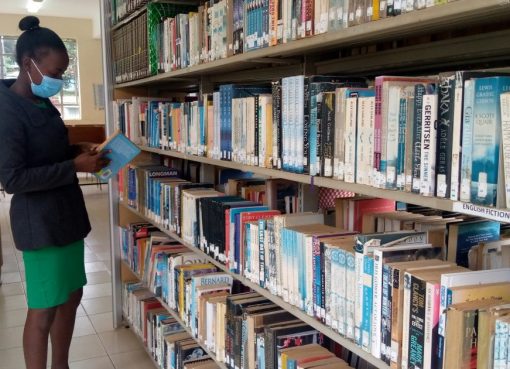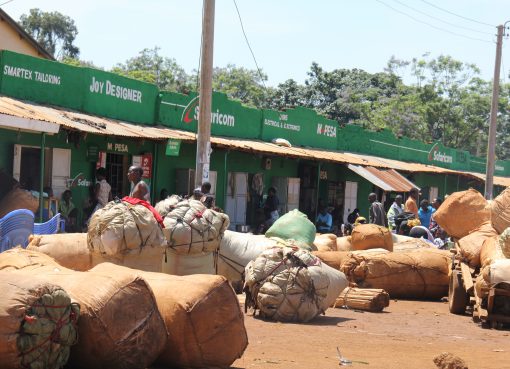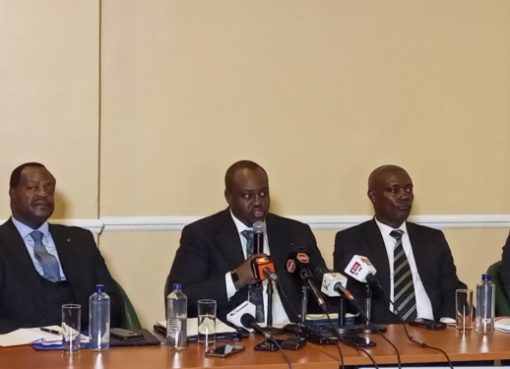The County Assembly of Busia has passed the Land Use Plan to guide the protection of the Yala Delta Swamp, which is an important site for biodiversity conservation.
Yala Swamp that lies on the north-eastern shore of Lake Victoria and that prevents pollutants from being deposited into the lake, and which covers 175 square kilometers, is the country’s largest freshwater wetland that is shared between Busia and Siaya Counties.
The Chairman Planning, Trade, Tourism, Co-operative and Industrialization Committee, Bernard Ibella Papa who moved the motion said the adaption of the report paves way for donors to inject Sh25 billion to boost agriculture in the wetland that will spur economic development.
“Key factors were put into consideration when coming up with the Plan, including human population, settlement and livelihoods, environmental conservation, governance of the wetland, climate change, food regime, water demand, wetland use conflicts and infrastructural and social services,” said Papa
The Swamp divides into different Planning Zones. With its core plans to carter for; human settlements, agricultural production area and conservation areas. The buffer zone includes river corridors, market/urban centers and agricultural and rural settlement area.
Papa, who is also the Malaba Central MCA, said the Plan recognizes three scenarios for future development and conservation of the Wetland.
They include the business-as-usual scenario where development is assumed to proceed, conservation pathway where restoration of the wetland is assumed to be given top priority and the balanced pathway, which would plan for sustainable development by balancing the need for social economic development with protection and conservation of the environment.
The wetland is home to the threatened Sitatunga antelope species and hundreds of bird species and the cichlid fish, which have since become extinct in Lake Victoria.
The policy, which now awaits the Governor of Busia County, Sospeter Ojaamong’s assent, will ensure sustainable management of the Yala Swamp.
Papa said the Yala plan seeks to strengthen biodiversity conservation, but protect and restore papyrus and fresh water biodiversity, strengthen inter-institutional co-ordination among local stakeholders, government, local communities and the private sector, define risks to biodiversity, enhance knowledge on ecosystem services and integrate biodiversity into the broader county development agenda.
“In coming up with the plan, it was observed that this important resource is facing a myriad of challenges that revolve around land and water resource use for competing interests and also from catchment degradation,” he said.
Papa also added that the adaptation and implementation of the Plan would help resolve these challenges, so that Yala Swamp will be able to sustainably support local residents’ livelihoods, while its ecological integrity and that of its associated ecosystems is protected.
Bunyala Central MCA, Felix Omanyi described the passage of the Yala Delta Land Use Plan as a milestone since it will boost food basket of Western region and also remain as a tourist attraction.
“It is my utmost believes that the government will revert the swamp to residents who were forced to flee the area following the devastating floods of 1961,” he said.
Nominated MCA Christine Florence Owuor said effective utilization of the wetland will bring changes to mothers in terms of employment in Agriculture and water.
Deputy Speaker, Lawrence Okaale Murunga said the identification of the Wetlands as flagship project in Bunyala is the right way to go.
The wetland faces threats including increasing human population, over-exploitation of its natural resources, habitat degradation and biodiversity loss.
The swamp has also experienced pollution from increased use of agrochemicals, discharge of effluent from businesses nearby and encroachment of river banks, catchment areas and riparian lands.
It has also experienced environmental degradation through swamp clearance and burning.
By Frodah Namayi and Salome Alwanda





